Martell Bottle Catalogue PART 1: standard range bottles and vintages
(1144 standard bottles and vintages; but still not complete. Last updated: May 29, 2025)
Introduction:
Martell is the oldest of the ‘Big Four’ (Hennessy, Rémy Martin, Courvoisier and Martell) but also the smallest. Established in 1715. They are not independant anymore since Seagram took over in 1988. And as of 2001 they are part of the Pernod-Ricard group. The Firino-family (family to the Martell’s by marriage) are still in control.
Their embleme is the little swallow, but that has not always been their embleme. It used to be a shield with three mallets, which later on got the swallow added on top. The mallets are derived ![]()
![]() from the French word ‘marteau’ and the swallow is chosen because the French word ‘martinet’ means swallow, which is as close to Martell as they could get to find an animal to represent their brand (although technically a martinet is a swift, which is not really the same as a swallow!). A little more on this topic you can find here.
from the French word ‘marteau’ and the swallow is chosen because the French word ‘martinet’ means swallow, which is as close to Martell as they could get to find an animal to represent their brand (although technically a martinet is a swift, which is not really the same as a swallow!). A little more on this topic you can find here.
Martell is famous for its Cordon Bleu cognac, which has set a standard for the industry.
A great help in compiling this catalogue page has been the Martell Timetable page created by ‘vieuxcognacs’. This page contains a wealth of information on the development of Martell bottles and labels over the years.
Contents:
1. Stars, Dry Pale, Stars-VS and VS
– 1a. Cognaçaises
– 1b. ‘Bat’-labels (stars, stars-vs, vs and flasks)
– 1c. Paillarde type bottles (stars, stars-vs and vs)
– 1d. Paillarde type bottles with modern swift
– 1e. Sturdy bottles
– 1f. Flasks: Dry Pale, Three Stars and VS
2. VO, VOP, VSO, 20yo and VSP
3. VSOP, Médaillon and VSOP-Médaillon
– 3a. VSOP with old white and blue VOP label
– 3b. VSOP white label
– 3c. VSOP Médaillon, white labels 1960-1969
– 3d. VSOP-Médaillon, white labels 1969-1975
– 3e. VSOP-Médaillon, green glass, black and gold label, broad bottle
—– 3e1. VSOP-Médaillon black and gold label, broad bottle no further qualification
—– 3e2. VSOP-Médaillon Liqueur Brandy and Liqueur Cognac, black and gold label, broad bottle
– 3f. VSOP-Médaillon, green glass, black and gold label, paillarde bottle
—– 3f1. VSOP-Médaillon black and gold label, paillarde bottle
—– 3f2. VSOP-Médaillon Liqueur Cognac, black and gold label, paillarde bottle
—– 3f3. VSOP-Médaillon Special Réserve, black and gold label, paillarde bottle
– 3g. VSOP-Médaillon, white glass,
—– 3g1. VSOP-Médaillon red label and red cap
—– 3g2. VSOP-Médaillon red label and blue cap
—– 3g3. VSOP-Médaillon green label
– 3h. VSOP, robust bottles
– 3i. VSOP and VSOP-Médaillon, flasks
4. Cordon Rubis en Noblige
5. Napoléon Cordon Noir and Napoléon Special Reserve
6. Cordon Bleu and pre-runners
– 6. pre-runners of Cordon Bleu
– 6a. Cordon Bleu, old models
– 6b. Cordon Bleu, white split-up labels with rounded corners
– 6c. Cordon Bleu, white split-up labels with sharp angled corners
– 6d. Cordon Bleu, ecru labels, cordon bleu in blue letters
– 6e. Cordon Bleu, ecru labels, cordon bleu in golden letters on a blue rectangle
– 6f. Cordon Bleu, tapered bottles, dark label
– 6g. Cordon Bleu, tapered bottles, cream coloured label
– 6h. Cordon Bleu, white label and Martell in white on a blue band
– 6i. Cordon Bleu, white label with a straight upper edge
– 6j. Cordon Bleu, white label with a straight upper edge and blue capsule
7. Cordon Supreme and XO Cordon Supreme
8. XO Supreme
9. XO
10. Cordon Argent
11. VVESOP, Extra and Extra Cordon Argent
12. Vintages
>> 13. Limited editions and specials (on a separate page)
>> 14. Miniatures, half bottles and magnums (on a separate page)
1. Stars, stars-VS, VS and Dry Pale
Some features to determine the age of the three star bottles:
– importers for the US: pre-prohibition: G.S. Nicholas & Co. (never seen being mentioned on a bottle); from 1933 till 1954: Park & Tilford; from 1955: Browne Vintners)
– silver foil: before 1910.
– legal guaranty notice of 1909: export bottles all have the 1909 guaranty notice after 1909, domestic bottles not.
– label with Martell name above the main label appeared from 1928 on.
– ‘very old pale’ left and right of the emblem: from early on till the end; ‘cognac brandy’: only on US bottles from 1937 till 1964.
– before 1933: corks with foil cap.
– spring caps from 1933 – 1967; it seems that corks with foil caps were also used around 1940-1945.
– after 1966: bi-coloured screw caps.
– shorter, wider bottles with ‘bat’-emblem from 1968.
– tapered bottles from 1980.
(Special thanks go to Vieuxcognacs and his Martell Timetable 1864-2017).
1a. Cognaçaise bottles
1a1. Without the Martell name band above the main label (before 1928):
1a2. With the Martell name band above the main label, but not three stars (after 1928):
1a3. Three stars with the Martell band, but without the 1909 guarantee notice:
(after 1928 most bottles have a text box with the 1909 guarantee notice. The few that have not were French domestic bottles)
1a4. Three stars, blue caps. Under the main label is a text box with the 1909 guarantee notice in French (after 1909):
1a5. Three stars, blue caps. Under the main label is the 1909 guarantee notice in English:
1a6. Three stars, blue caps; with a double text box under the main label:
1a7. Bi-coloured screw caps, stelcaps (from 1965):
1b. ‘Bat’- labels, started in 1968 (stars, vs-stars and vs)
1b1. Three stars in the middle of the neck blob (most have screw caps, some have capped corks):
1b2. An emblem in the neck blob with three stars below it (from 1975):
1b3. Three stars and VS on neck label, broad bottles with a ‘bat’-label (ca. 1970s):
1b4. VS (around 1980):
1b5. Bottles without an age qualification (around 1980):
1c. Paillarde type bottles (stars, vs-stars and vs; from 1980)
1c1. Three stars and a swift on the neck label:
1c2. Three stars and VS on neck label (from 1980):
Volume and ABV on black band below or no black band:
below: grande fine cognac (around 1980):
below: appellation cognac controlée:
1 Litre and 1.13L:
1c3. VS on neck label:
1d. Paillarde type bottles with modern swift (from 1990)
1d1. a swift in the shoulder blob, an emblem on the label and VS fine cognac on the shoulder:
1d2. *V*S* in gold on the label and a swift in the shoulder blob:
1d3. *V*S* in gold on the label and an emblem in the shoulder blob (after 2000):
1d4. with *V*S* in blue on the label:
1d5. Blue label:
1e. Sturdy bottles (2021):
1f. Flasks: Dry Pale, Three stars and VS
1f1. Dry Pale flasks (From 1955):
The Martell band is connected to the main label with a brown intermediate piece of the label. Often the Dry Pale label is also connected. From around 1960s till 1980s:
1f2. Three star flasks:
1f3. VS flasks:
2. VO, VSO, VOP, 20yo and VSP
- from 1909 bottles have a legal notice (decret 1909)
- from ca. 1910 the white labels have a signature
- the Martell band above the label was introduced in 1928
- first spring caps: ca. 1928
VSP, Bat-labels from 1968:
3. VSOP, Médaillon and VSOP Médaillon
VSOP and Médaillon start off end 1950s as two different qualities, Médaillon being superior to VSOP; as of 1962 the two qualities merge into one: VSOP-Médaillon.
3a. VSOP with the old blue and white VOP-label (ca. 1959-1962):
3b. VSOP white label (from ca. 1958)
3c. VSOP Medaillon (1960-1969):
3c1. Red wax, without VSOP indicated (1960-62):
3c2. gold coloured wax (1962-69):
Fine champagne, without VSOP indicated:
VSOP indicated (from 1963), fine champagne:

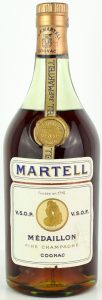





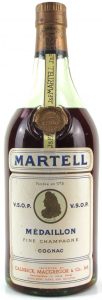
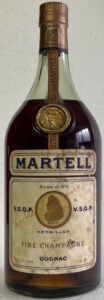
VSOP Medallion (notice use of English word ‘medallion’):
VSOP Liqueur brandy:
3d. VSOP-Médaillon, white labels with a frame around the médaillon (1969-1975)
3d1. fine champagne:
3d2. no further qualification:
3d3.Liqueur Brandy:
3d4. VSOP-Médallion Fine Champagne Liqueur Brandy, white labels (notice use of English word ‘medallion’):
3e. VSOP-Médaillon, green glass, black with gold labels broad bottles (from ca. 1975 to 1980s)
3e1. VSOP-Médaillon, black with gold labels broad bottles, no further qualification:
3e2. VSOP-Médaillon, black with gold labels broad bottles, liqueur brandy and liqueur cognac:
black corked caps:
black screw caps:
Copper coloured caps, all corks:
3f. VSOP-Médaillon, green glass, black with gold labels paillarde bottles (from 1979 till around 1989)
3f1. VSOP-Médaillon, black with gold labels paillarde bottles, no further qualification:
3f2. VSOP-Médaillon, black with gold labels paillarde bottles, Liqueur Cognac:
3f3. VSOP-Médaillon, black with gold labels paillarde bottles, Spécial Réserve:
3g. VSOP-Médaillon, white glass (1990 until 2000s)
3g1. VSOP-Médaillon, red label red cap:
Liqueur cognac stated:
Frame with ‘old fine cognac’ not attached to the emblem:
Lower, wider bottles from 1999:
Frame with ‘old fine cognac’ attached to the emblem (from 2004):
From 2011, old fine cognac:
Very fine cognac:
3g2. VSOP-Médaillon, red label blue cap (from 2015):
3g3. VSOP-Médaillon, green label:
3h. VSOP, robust bottles (from 2018):
3i. VSOP and VSOP-Medaillon flasks:
4. Cordon Rubis en Noblige
Cordon Rubis, old emblem (From ca 1983):
Cordon Rubis, new emblem:
Noblige, old type bottle (Asian market, 1990s):
Noblige, new type bottle (from 1994):
Noblige, new emblem (from 2006 on):
From 2022:
5. Napoléon Cordon Noir and Napoléon Special Reserve
Napoleon Cordon Noir (1977 – 1990s):
Brown, almost clear glass:
Cordon Noir Napoleon printed in Roman letters, brand name is ‘Martell’ (from ca. 1979):
Cordon Noir Napoleon printed in Italic letters, brand name is ‘Martell & Co.’:
Napoléon (from 1986 till 1990s):
Napoleon special Réserve:
6. Cordon Bleu
Some features to determine the age of Cordon Bleu bottles:
– Cordon Bleu started around 1919-1922 (pre-runners exist since 1912, but they are called ESOP or VVESOP, not Cordon Bleu).
– First CB bottles have white labels.
– Cordon Bleu stated was only indicated on the crescent till 1929 (with an exception of the year 1922). After 1929 Cordon Blue was also indicated on the main label and the Martell band appears above the main label.
– Bottle shape changes to short wider model in 1933 with a riveted ribbon.
– spring caps in use from 1933 – 1962 (not in US); from around 1950 till 1959 capped corks were also used.
– Cordon Blue in white on a blue background in the US only.
– ribbons not riveted anymore as of 1960.
– capped cork from 1962 till 1966.
– screw cap from 1966.
– US importers: 1933-1955: Par & Tilford; 1955-1969: Browne Vintners; 1969: Joseph Garneau.
– in green frosted glass with gold and beige labels from 1976 on.
– tapered bottles from 1985 on.
– back to the short, wide bottle with clear glass and white label from 1992.
(Special thanks go to Vieuxcognacs and his Martell Timetable 1864-2017).
6. pre-runners (1910-1922)
6a. Old model bottles (1922-1933)
6b. White split-up label, rounded corners (1933- ca. 1977)
(These labels with rounded corners seem to have been in use in all other countries, but the UK and the US)
6b-a. the cordon riveted to the foil; often with a spring cap (1933-1960):
6b-b. capped corks and no riveting, liqueur brandy (1960 – ca. 1980):
6b-c. crimped caps and capped corks, no riveting (1960-1978):
newer caps:
6c. White split-up label, sharp angled corners (ca. 1933- ca. 1978)
(These labels with sharp angled corners have only been in use in the UK and the US; in the US they had Cordon Bleu written in white letters on a blue background)
6c-a. UK import, Cordon Bleu printed in blue letters; they usually state ‘fine liqueur cognac brandy’.
Cord riveted to the capsule, untill 1960; often spring caps:
capped corks and no riveting: after 1960:
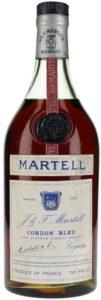
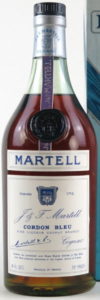


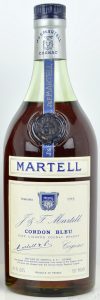


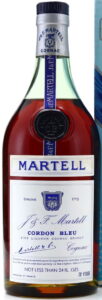
6c-b. US import; Cordon Bleu in white letters on a blue background; they all state ‘fine liqueur cognac brandy. Bottles for the US never had a cord riveted to the capsule:
6d. Ecru label, Cordon Bleu in blue letters (around 1974-1980)
6e. Ecru label, Cordon Bleu in golden letters on a dark blue rectangle (mostly for US market around 1978-1980 but also seen for Italian, UK and Mexican markets)
6f. Tapered bottles, dark labels (ca 1980-1990)
Text in French:
Text in English:
No text on front:
Frosted green glass bottles with modern closure:
With (old) liqueur cognac stated:
6g. Tapered bottles, cream coloured labels (1980s, predominantly US market)
6h. White label, Martell in white letters on a blue band (from early 1990s)
Several different escutcheons used on the labels:
6h-a. ‘old classic cognac’ (ca 1990-2010):
6h-b. ‘grand classic cognac’ (USA) :
6h-c. ‘old liquor cognac’ (Asian):
6h-d. ‘extra old cognac’:
6i. White label with straight upper edge; new swift (from 2018)
Extra Old cognac:
Grand Classic cognac:
6j. White label with straight upper edge and blue capsule (from 2022)
Extra Old cognac:
Grand Classic cognac:
7. Cordon Supreme and XO Cordon Supreme (from 1987 till late 1990s):
8. XO Supreme:
I am a little bit in doubt here: are these differences in colour real or is it the lighting?
9. XO (from 2005):
Extra Old:
Extra Fine:
New design, Extra Old:
New design, Extra Fine:
10. Cordon Argent (until 1970s)
From 1933-1970s:
11. VVESOP, Extra and Cordon Argent Extra
11a. Cognaçaise
11b. Extra, broad bottle, text in blue (ca. 1960s-70s)
11c. Extra, broad bottle, text in black and with cognac stated (ca. 1970s):
11d. Extra, tapered bottles, red wax caps (est. 1980s, US market):
11e. Cordon Argent Extra, tapered bottles (est. 1970-80s)
11f. Extra, decanters
Bucket shaped labels: around 1990s:
Mouth shaped labels: around 1990-2000s:
12. Vintages:








































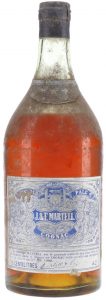

















































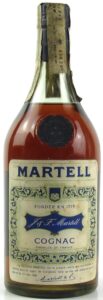

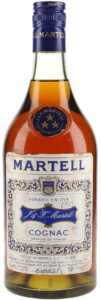

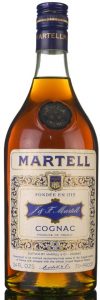






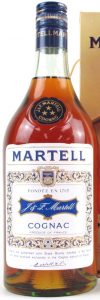
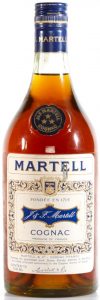

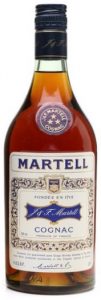
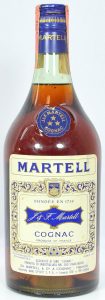
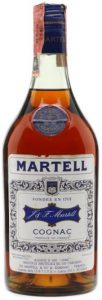
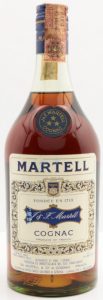


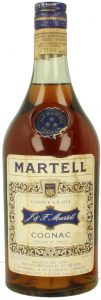
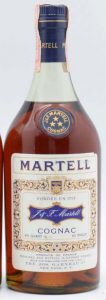
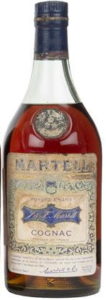
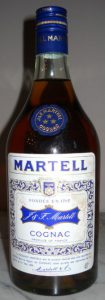
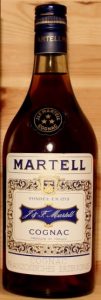




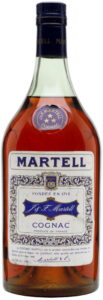
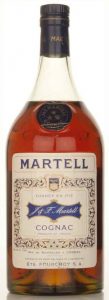
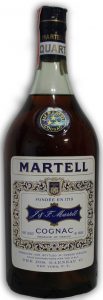
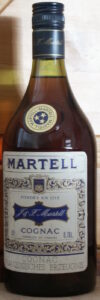
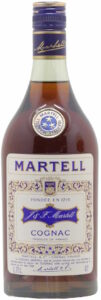


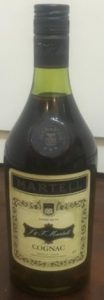
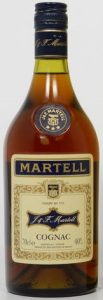



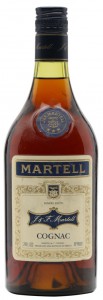
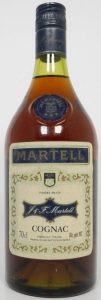



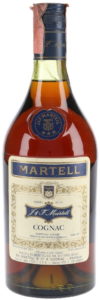
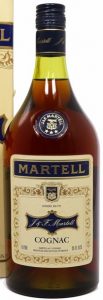
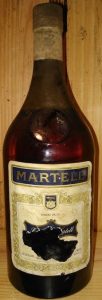
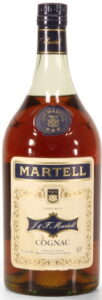
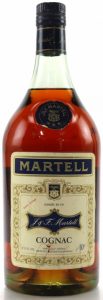


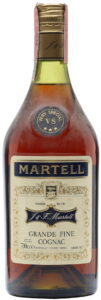
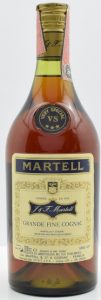


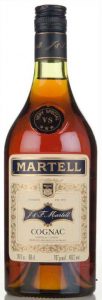


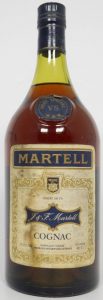
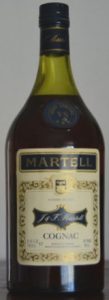
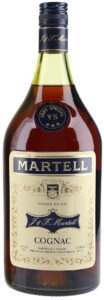

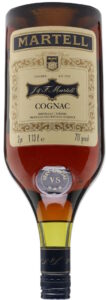

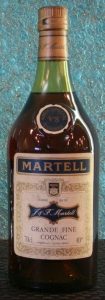




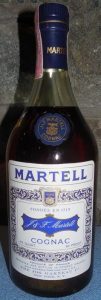
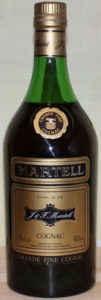












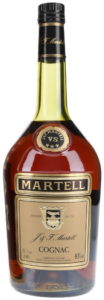
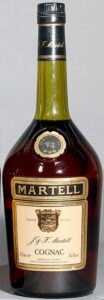

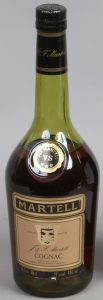

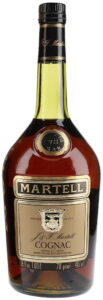
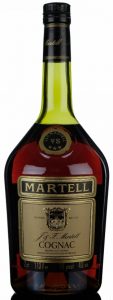














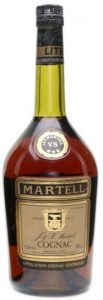
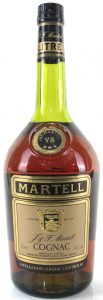
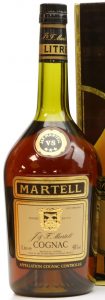
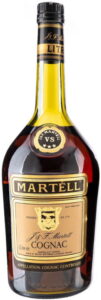
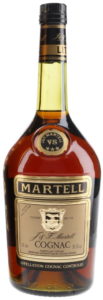
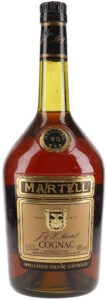


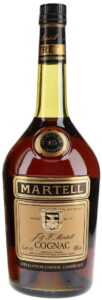







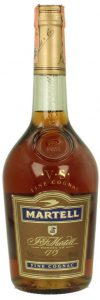


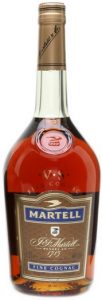
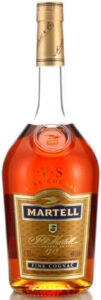
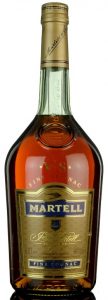
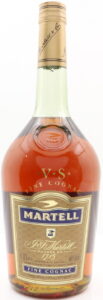
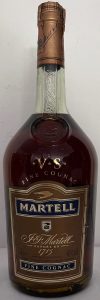







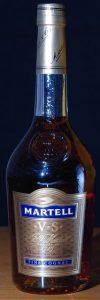



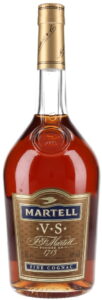









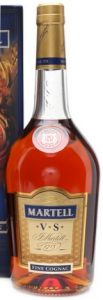

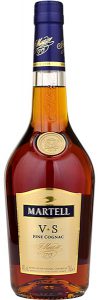





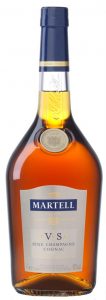

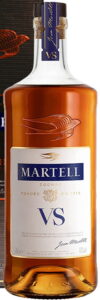
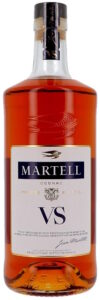

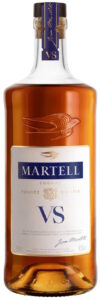
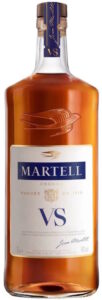
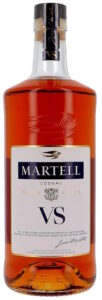
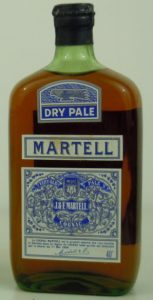

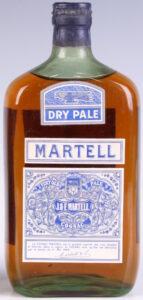
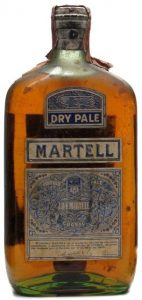
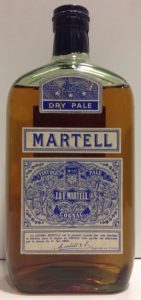
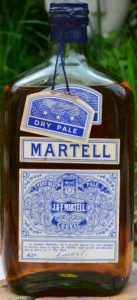
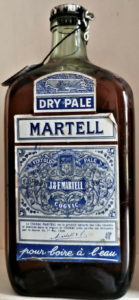
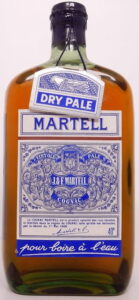

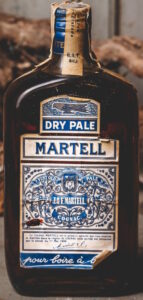
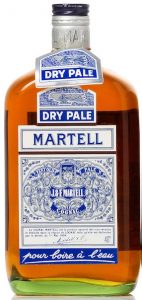
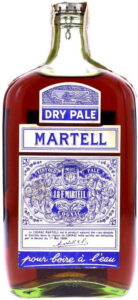
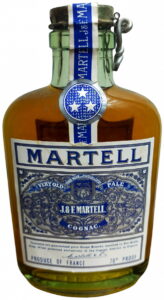

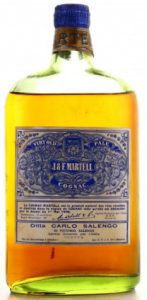



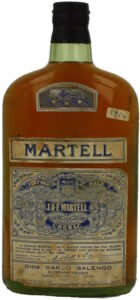
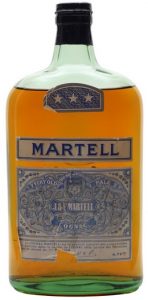
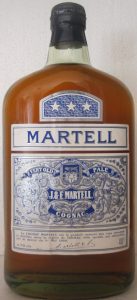
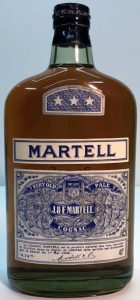
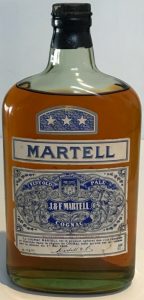
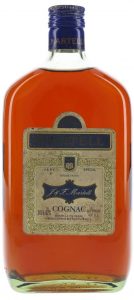
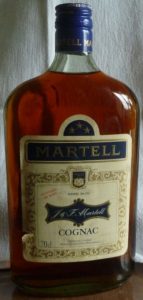


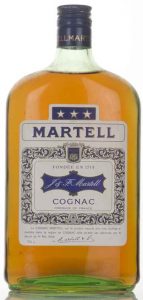
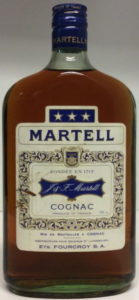
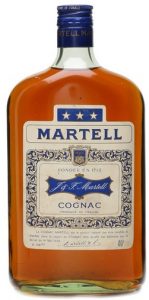
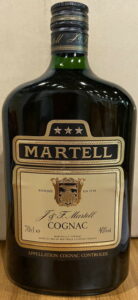
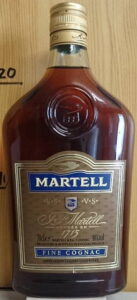









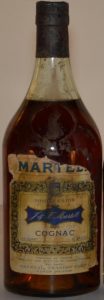

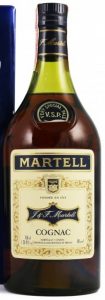
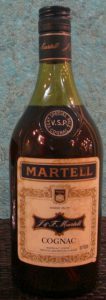




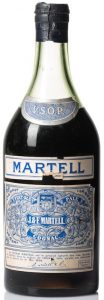
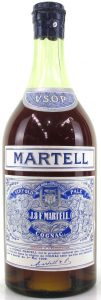

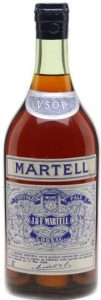


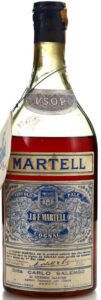

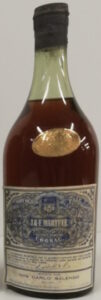
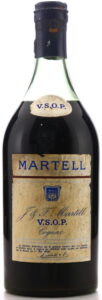
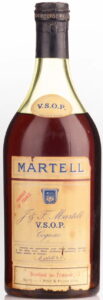

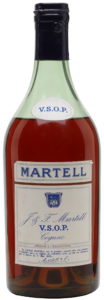





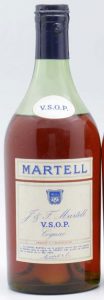
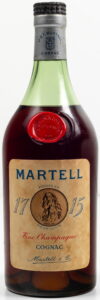

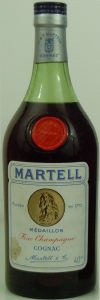
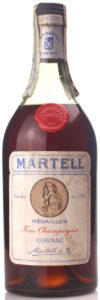
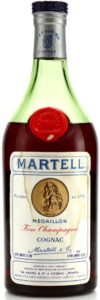

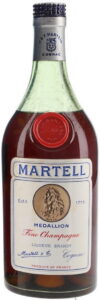

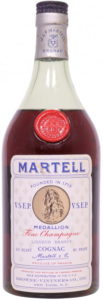
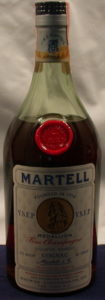
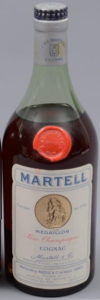
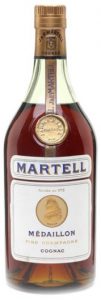
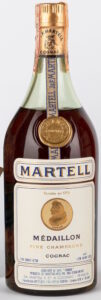


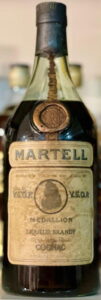
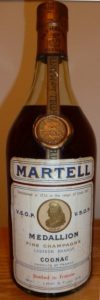
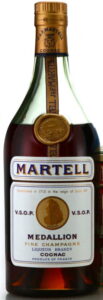
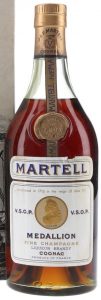


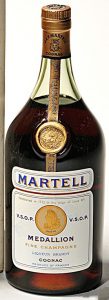
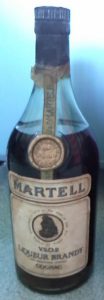
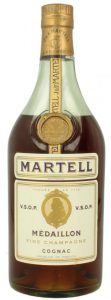
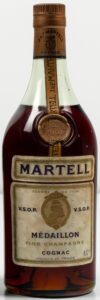


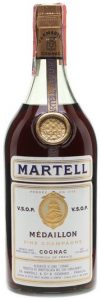




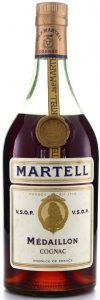
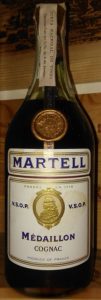
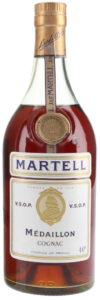


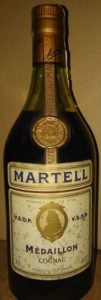
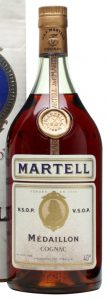





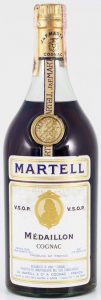
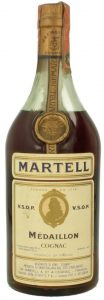


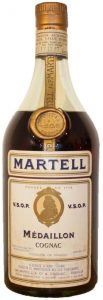





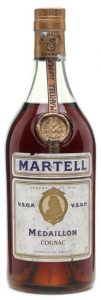

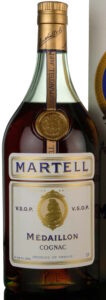

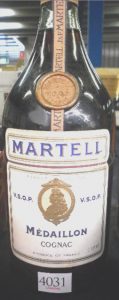
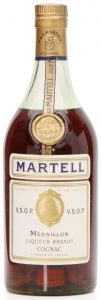

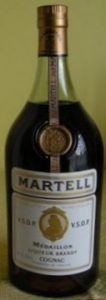
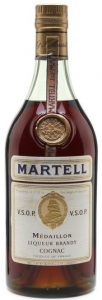
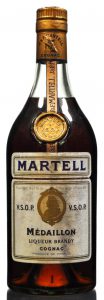
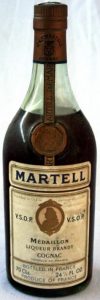
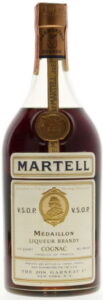







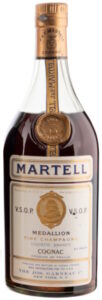
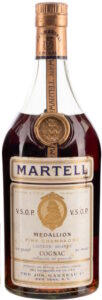

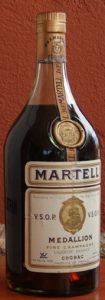
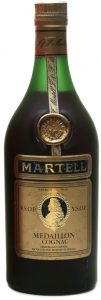
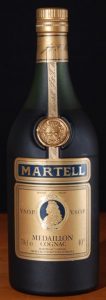
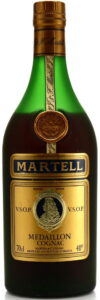
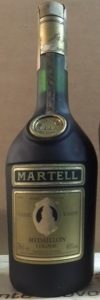

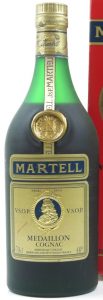
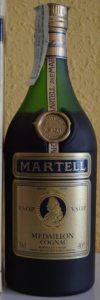



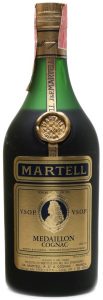


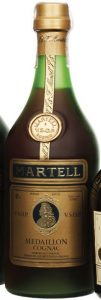

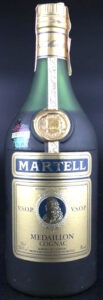
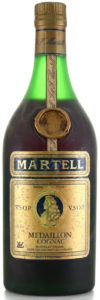
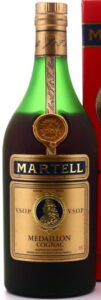
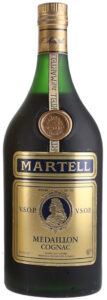
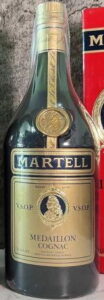
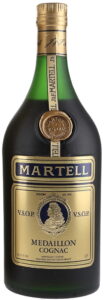
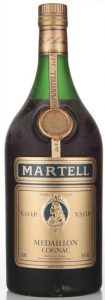


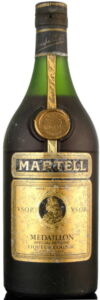





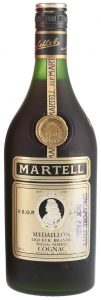



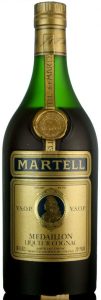
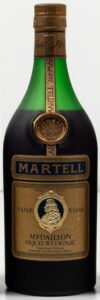
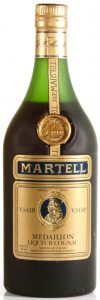


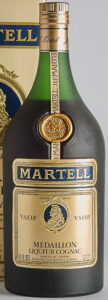















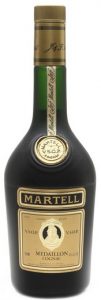






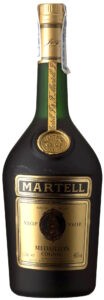


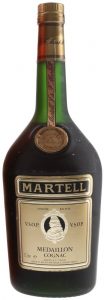
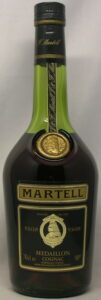


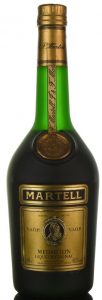





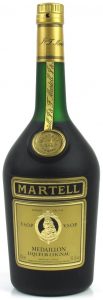

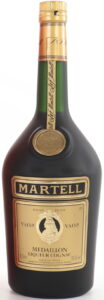
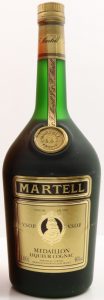
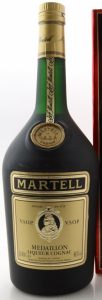

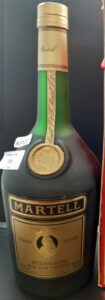
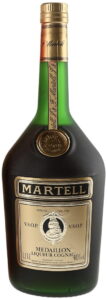










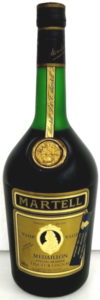































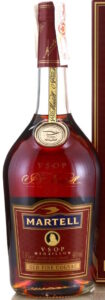











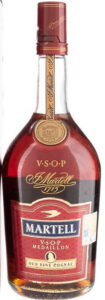

























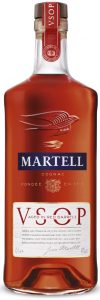
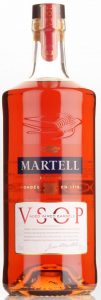
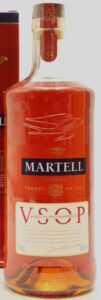

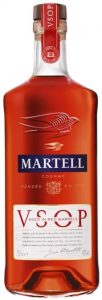
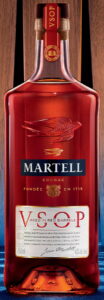

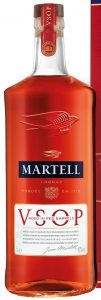


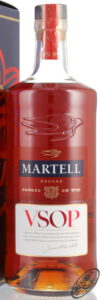
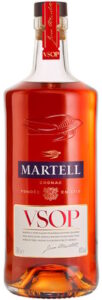

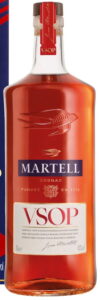


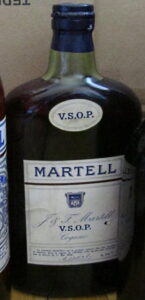
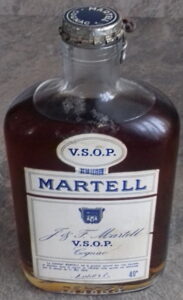

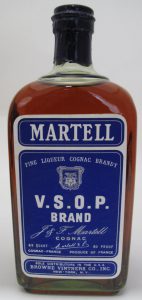
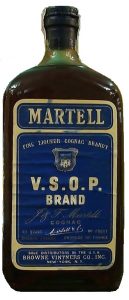
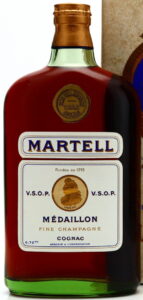
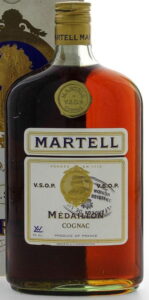
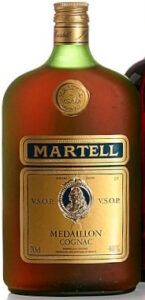
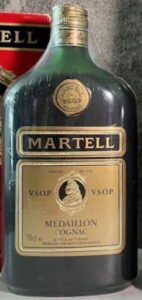
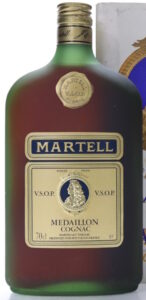
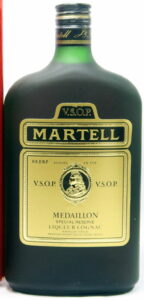
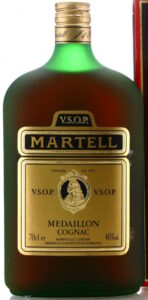


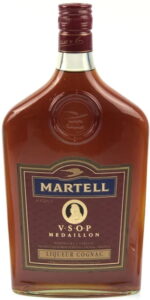





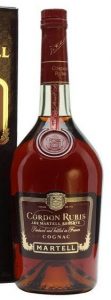




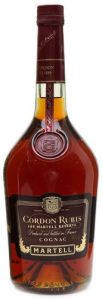


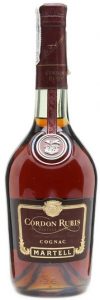
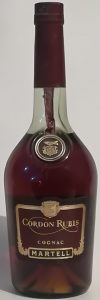
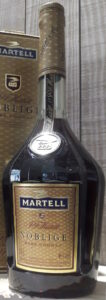
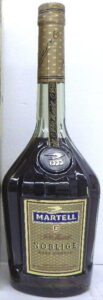
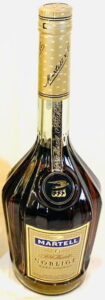


























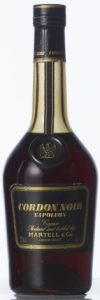

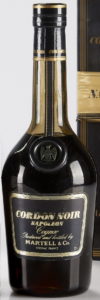
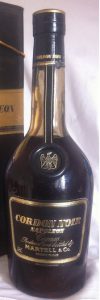

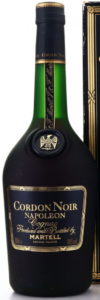


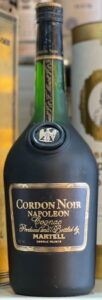
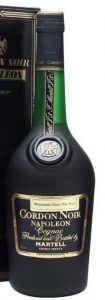


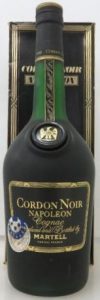





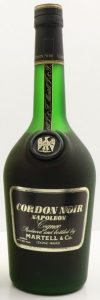
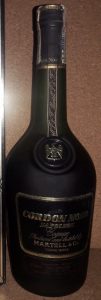
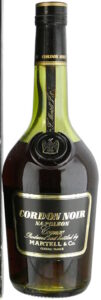
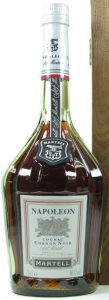
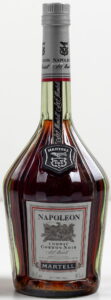
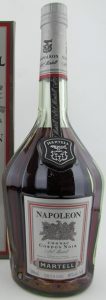
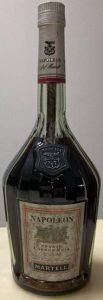
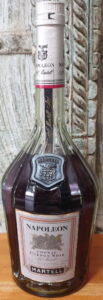
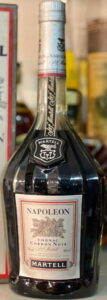
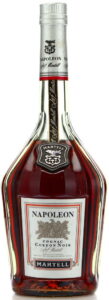

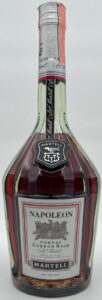





















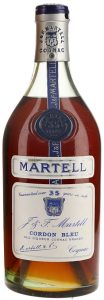

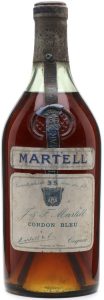

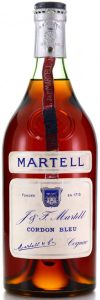

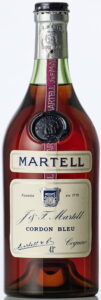


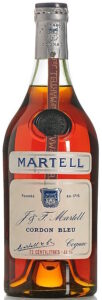
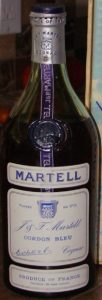


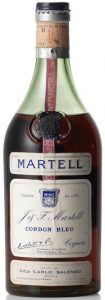
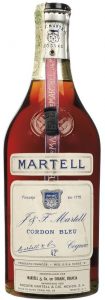

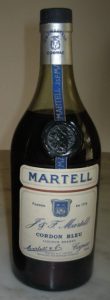





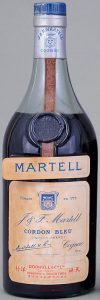





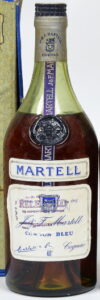

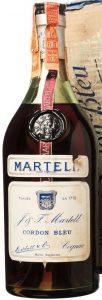

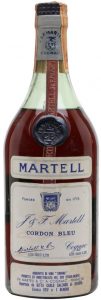
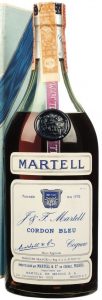
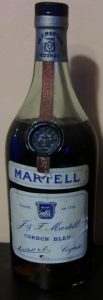


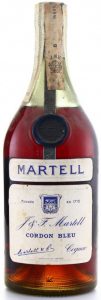




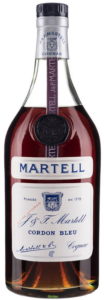
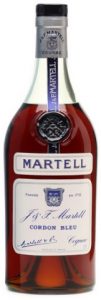

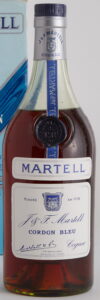
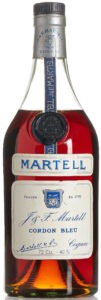



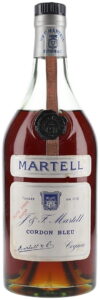





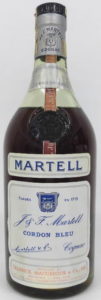


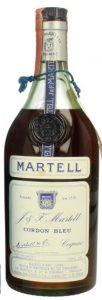


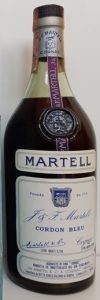

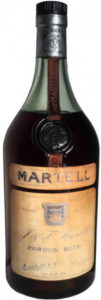

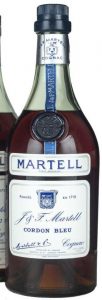



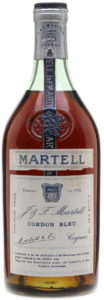
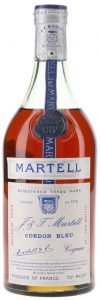
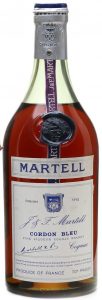
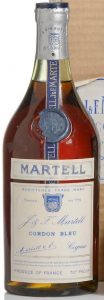
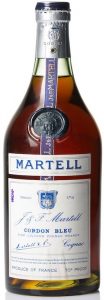

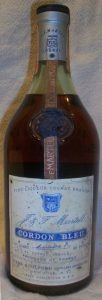

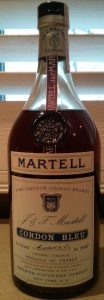
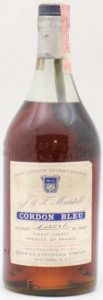
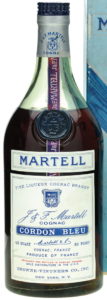
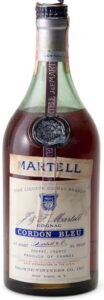
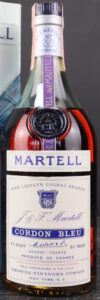
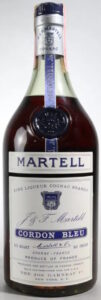

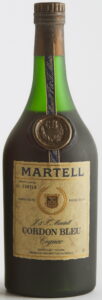
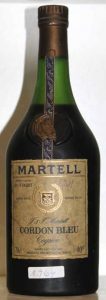

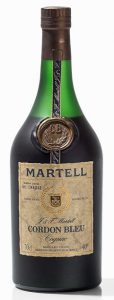
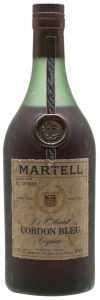

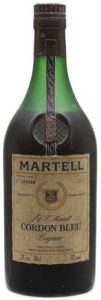
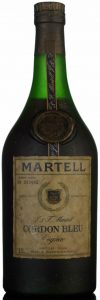
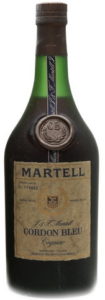
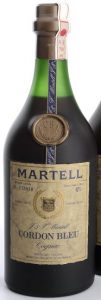

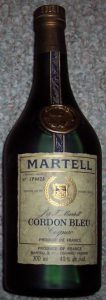

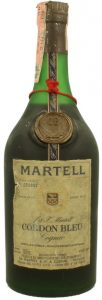

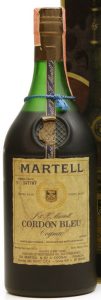


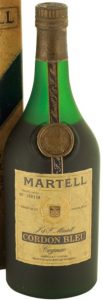



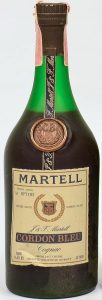
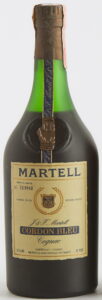
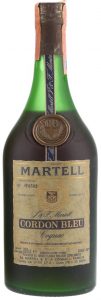



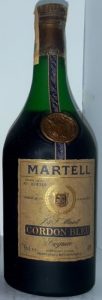


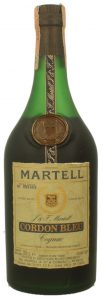
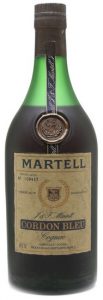
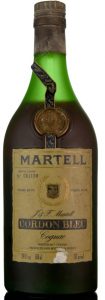

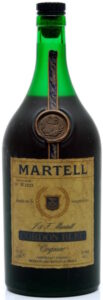


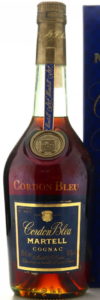











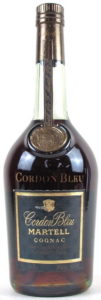


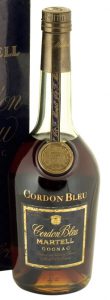




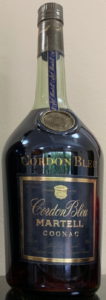

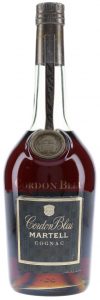
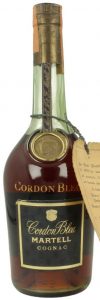




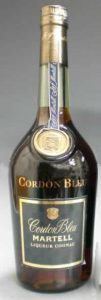
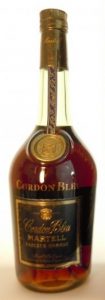







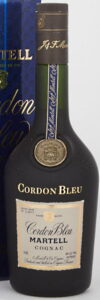

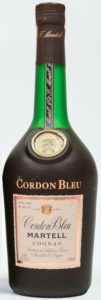







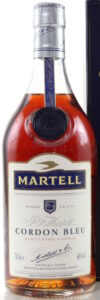
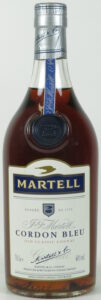

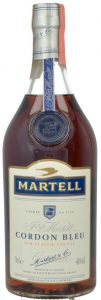
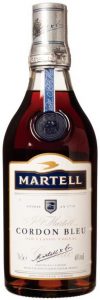

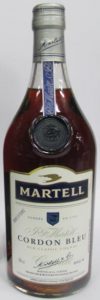


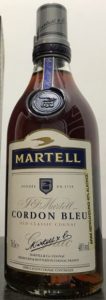
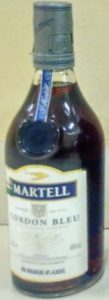
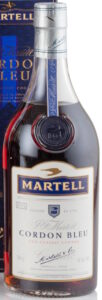
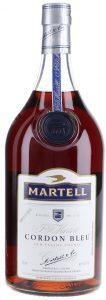
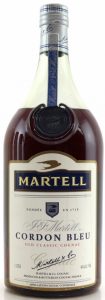
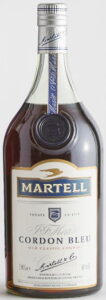

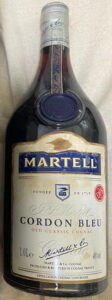
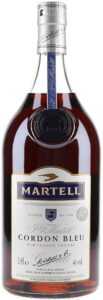
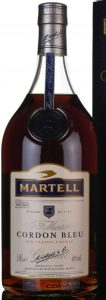


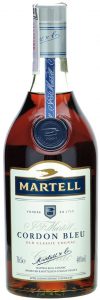

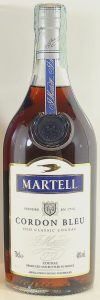

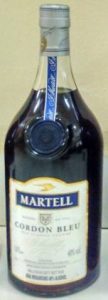






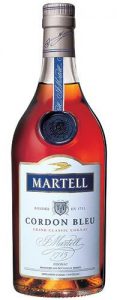
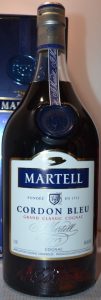

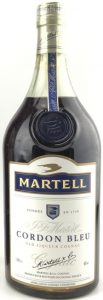



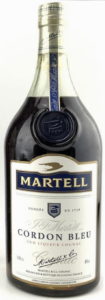

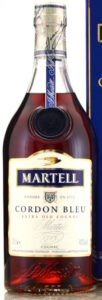





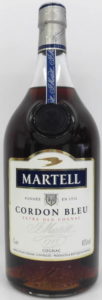
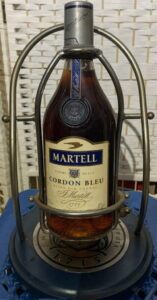
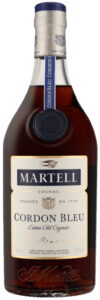
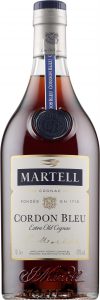




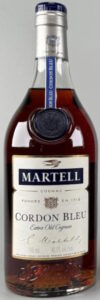
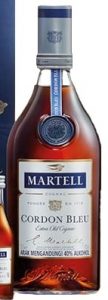
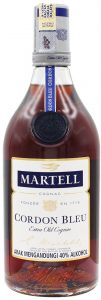

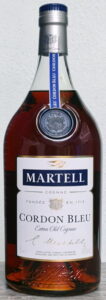
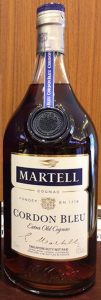
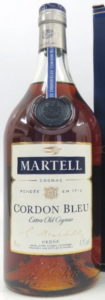
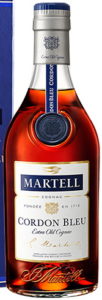
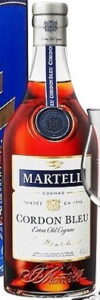

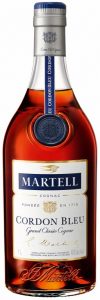
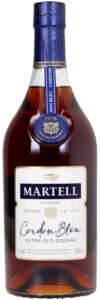




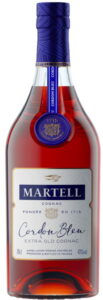



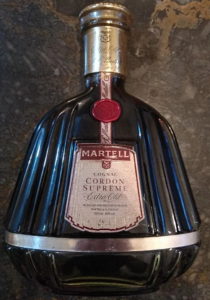
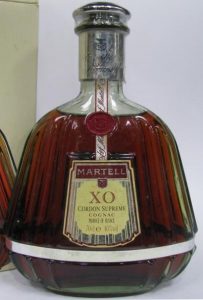
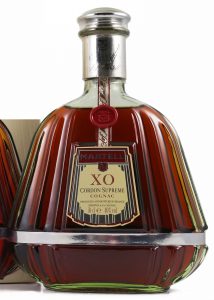
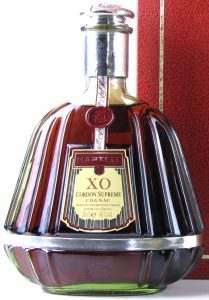

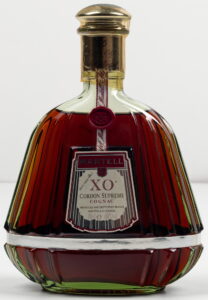
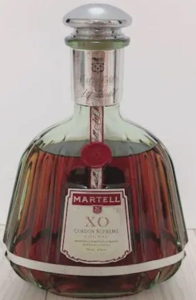
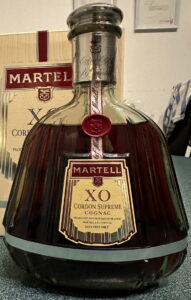

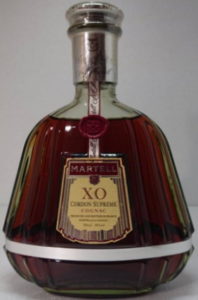
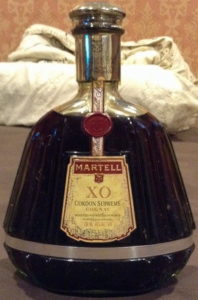
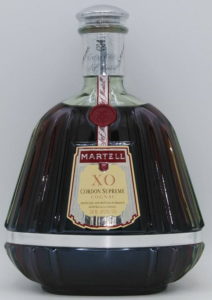
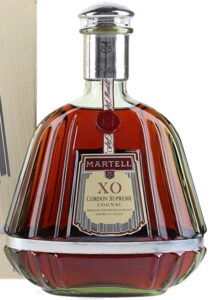

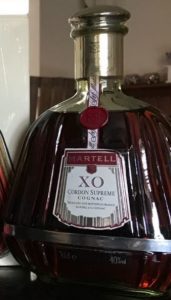
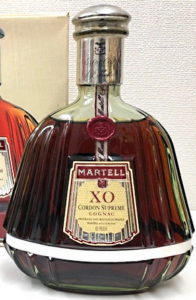
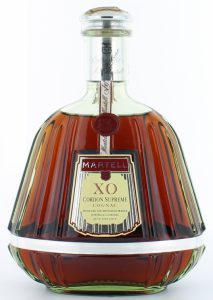
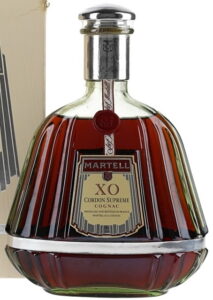
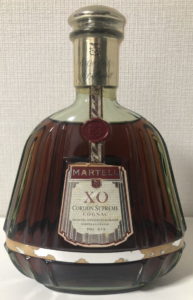
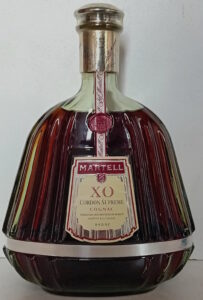
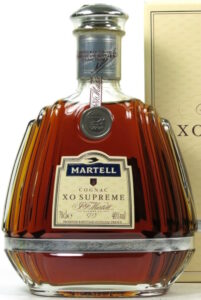

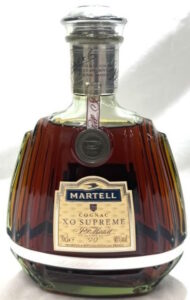
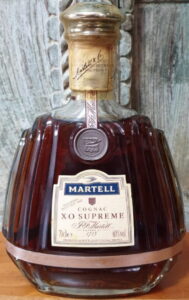
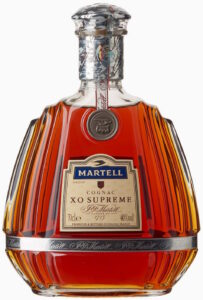

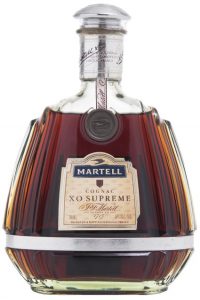
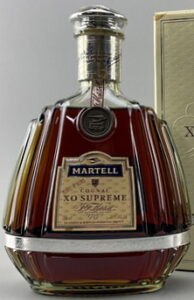
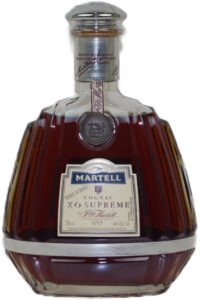
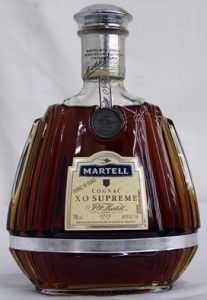
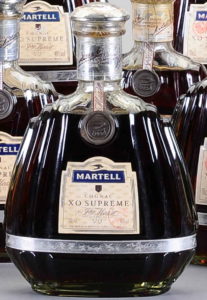
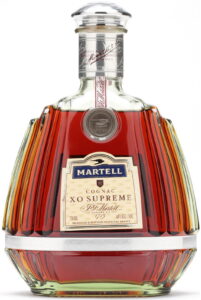
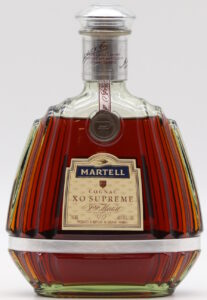

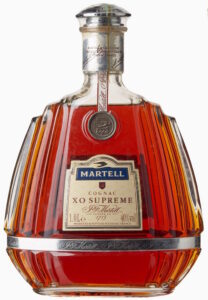
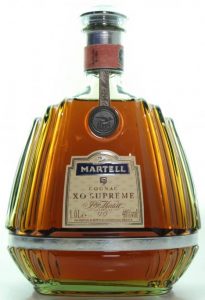
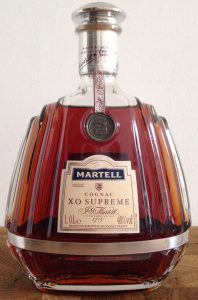
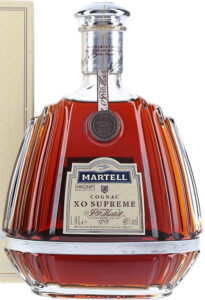
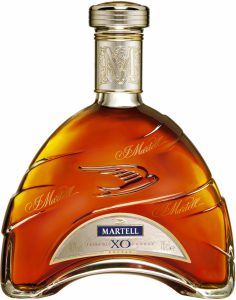
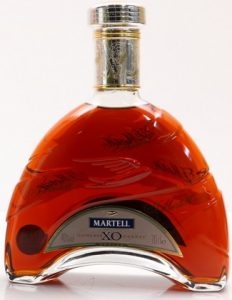
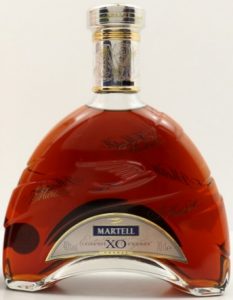
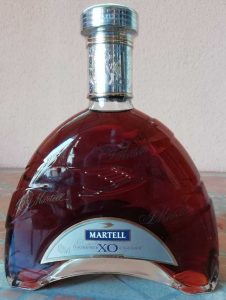
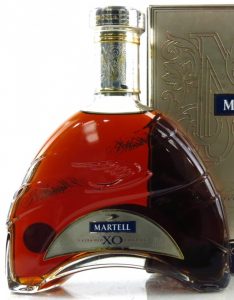


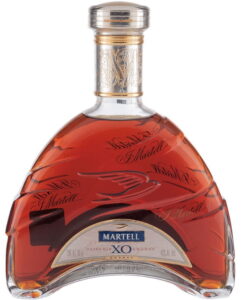
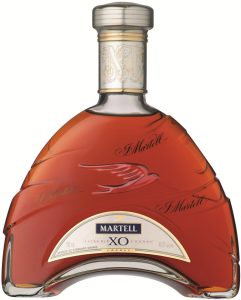
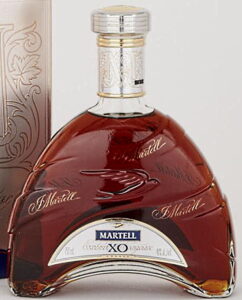
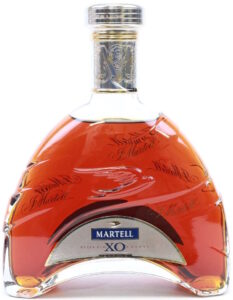
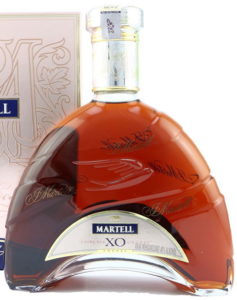
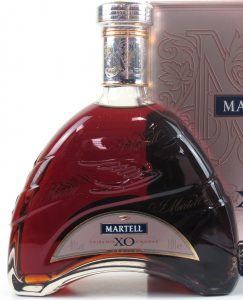


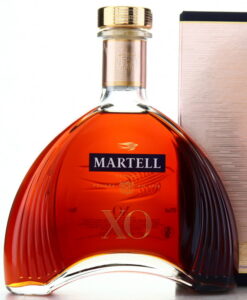
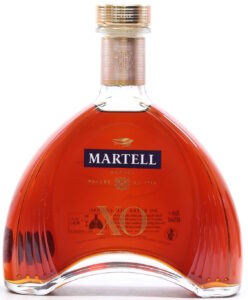
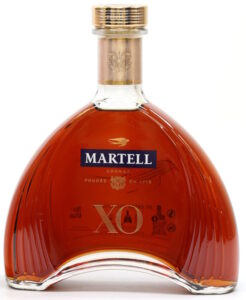
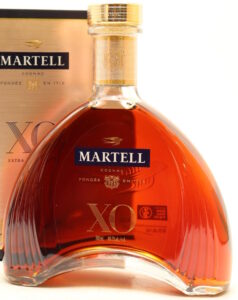
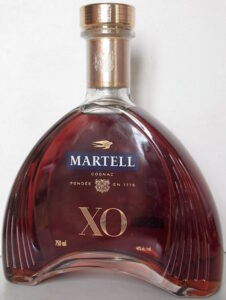



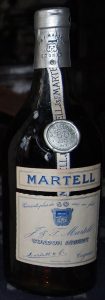

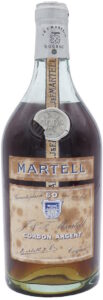
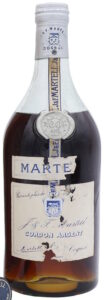


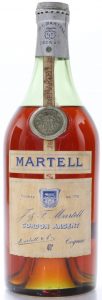

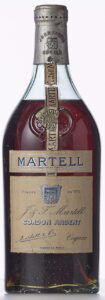
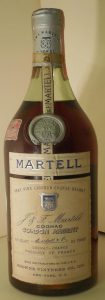
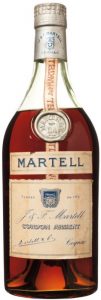

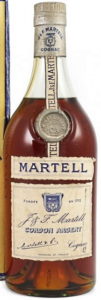
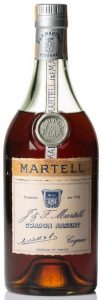


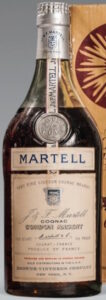
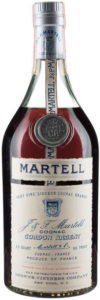
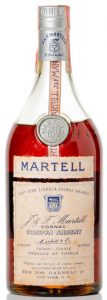

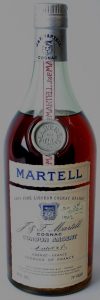
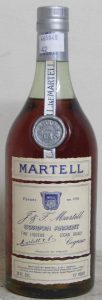

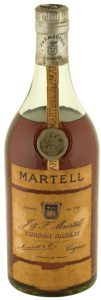


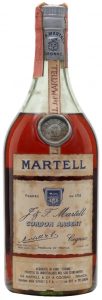
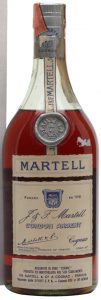
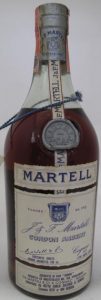



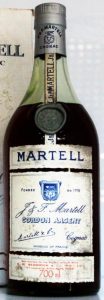
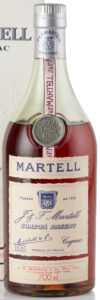
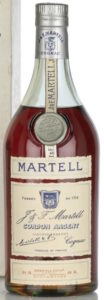
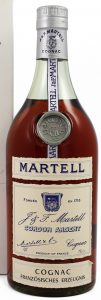





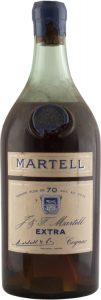
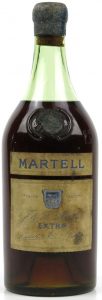
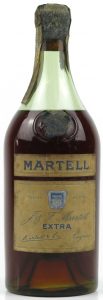

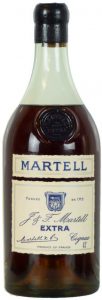

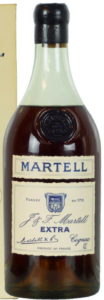
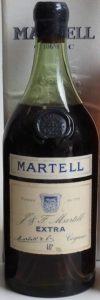
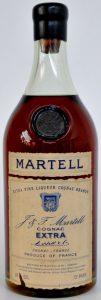
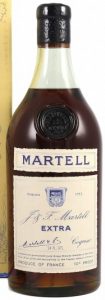
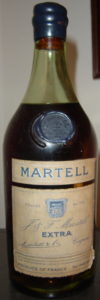
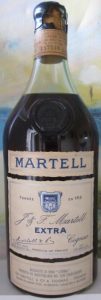
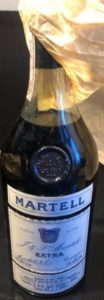
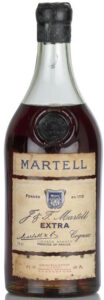
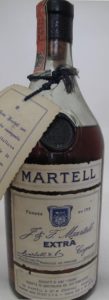

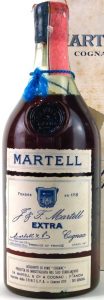


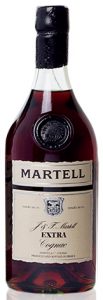

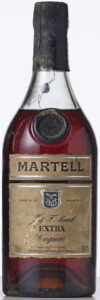

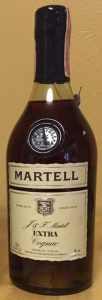
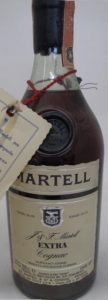


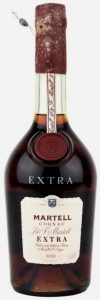


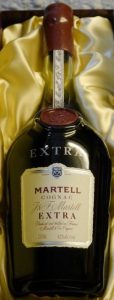
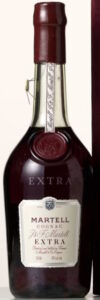
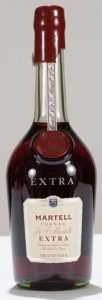

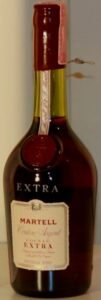

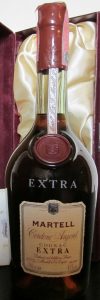



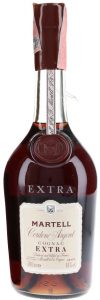
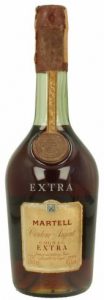




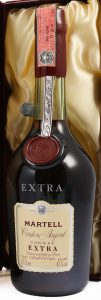






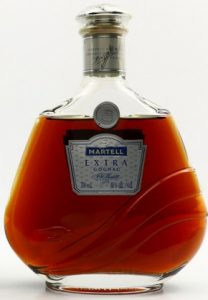

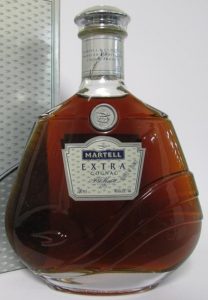
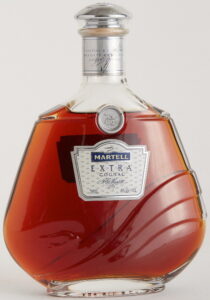
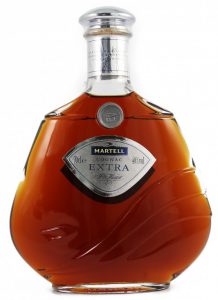

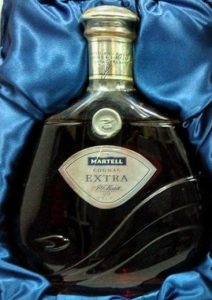
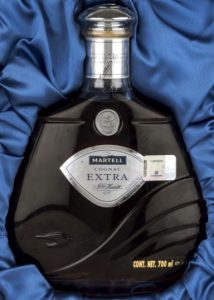
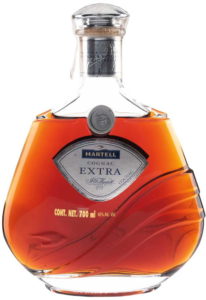




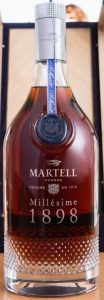















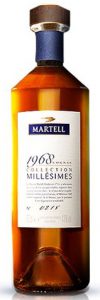


Can someone give me an opinion on the latest Martell Single Cru? The XO and XXO are released in “small batch” but how many is a “small batch” and is that rarer than a limited edition?
I hope someone answers this one.
As for small batch versus limited edition, I think small batch editions are made from casks they only have a small stock of. For that reason, small batch releases will usually be smaller in number than limited releases, but not necessarily so. A limited release can be very small.
Thanks for the info. I think the XO, XXO and the Vintage bottles are numbered, I will know more when I recieve the XO. From what I read each year will be different version for these three.
My Martell Single Cru XO has arrived. Its really beautiful bottle and packaging, the photos online don’t do it justice. The book type box is quite big and has pages about the Cru in French and Mainland Chinese versions. Its aimed exclusively for the Chinese market and also available in Cognac, France. Seems almost an accident that I can buy it from Whisky Exchange in th UK because no where else outside China and France sells them. Yes the bottle for the Aged versions are individually numbered. It feels like the Aged version is for collectors or as a special gift, you feel guilty opening and drinking it. Definately will get next year’s release when it comes out.
I have found information, only 240 bottles each of XO and XXO and 120 bottles of the 1999 Vintage edition is available in Singapore. I know Singapore has a small population but there is lots of wealthy ethnic Chinese cognac consumers there. If someone knows the percentage share of cognac sales Singapore has in Asia we might get a close estimate of how many of these bottles are produced?
That’s a big ask. I think only BNIC knows.
11e. Extra, decanters I’m pretty sure the bucket shaped label is from early to late 1990s and the mouth shaped label came afterwards.
Hello Simon,
I thought they both were from around 1990s-2000s and maybe different labels for different markets, but to be honest, I really wouldn’t know. That’s why I didn’t include any dates. So if you are sure, I change the order in which they are represented. Thanks for presenting this information.
Nice description, by the way, for the shapes of the labels!
Hi!
I’m collector of empty bottles, have you any information to this brand?
Jules Duret was founded in 1850 as Duret & De Brie. His grande champagne cognacs were of excellent quality. He was married to Angelika Lohmeyer, a well-known name in Cognac. Their son Theodore Duret merged his company with that of Louis Royer in 1890. Theodore Duret was the 2nd richest man in the town of Cognac and was known as a patron of the arts. In addition, he was politically active. Royer basically took charge of the cognac company.
Sorry, maybe I didn’t phrase my question that way. This applies to the sign on the box, its dimensions.
I am sorry, I don’t know. I never asked myself that question. But I would be surprised if it really was silver.
Good afternoon, I have 3 bottles in my collection, but only one of the boxes has the coat of arms really made of silver.
That is really interesting information. Where are the other two coats of arms made of?
I’ll keep a closer eye on it when looking at auctions.
Kind regards,
Ton
good evening, what is the size of the original mark on the box Martell Cordon Argent Extra?
Does it really have to be made of silver?
Best regards.
I am not sure of I understand your question exactly. But In Europe and Asia the normal size is 70cl (700ml). For the US is is 750ml. And silver is probably just referring to the age. A 25th anniversary is called a silver anniversary, so the cognac will have aged 25 years.
I’ve hot a bottle wicht I can ’t Find in the catalogi.
Thank you very much for this bottle. Indeed, it seems that I do not have it here yet. But the picture is too small, so I can’t quite make out what’s on the label. If I send an e-mail, could you send me a better photo?
Thank you in advance.
Ton
Hi Ton,
I have come across an interesting bottle. This Cordon Argent is a half-bottle. I put it next to a Davidoff just for illustration purpose. Could you shed some light on the age and abv of this bottle? The back label is gone, and the front one is tarnished as well. Thanks!
Hi Fuzhou,
This is the first half bottle of Cordon Argent that I see, apart form a flask. The CA was produced from the 1930s until well in the 1970s. I don’t see any text above the emblem, but the picture is really small…?
Riveting stopped around 1960, so I think this one is from the 1950s. I don’t think half bottles were produced in the 1940s or before.
The ABV would have been 40° (80 proof). Only later they made bottles with a higher alcohol percentage.
I would like to have a larger format photo of this bottle to use in the bottle catalog. It will be easier to send it via e-mail, so I’ll send you an e-mail to facilitate this.
Kind regards,
Ton
Many thanks for the information Ton!
Here is the back side. Thanks for looking Ton.
I have a bottle of Martell..
Looki g for more info..
🙂
Nice. If I send you an email, can you send me the photo in a larger format?
Ton
Beste Ton,
Wat een leuke, interessante en informatieve website! Ik hoop dat jij mij kan helpen bij het bepalen van de leeftijd van een fles Martell. Helaas is deze bewaard in vloeipapier en waarschijnlijk is dit vochtig geworden waardoor het etiket niet goed meer leesbaar is. De fles is afgesloten met een kurk, met een blauwe cap. Verder is op de hals van de fles een etiket met 3 sterren te zien. Hieronder zit een los etiket met met de naam Martell erop.
Het lijkt er op dat de band met Martell er op, die normaal vlak boven het hoofdlabel zit, naar beneden is verschoven. Maar ik denk dat ik de fles in handen moet hebben om hier een uitspraak over te doen. Of veel duidelijker foto’s.
Ik zal je een e-mail sturen, dan kun je wat detailfoto’s terugsturen, maar ik kan niks beloven.
Ton
Hello, i have this Oldenburg bottle of Martell v.s. can you may say how Oldenburg it is?
Regards Ingo
Can you send a picture?
Maybe if I send you an e-mail to facilitate sending a picture?
Ton
Here one of the backsite…
The colour is a bit pale but you can still see the bottle
Here are some Fotos…
Hi, i have a bottle of 1c4 still in its package do you know the decade of produce.
Best regards Ingo
From the 1970s.
Ton
Hello May you tell me what this bottle is worth so when I open it and enjoy it I know 🙂
This is usually sold for €70-90 on auctions.
and another
Well, it obviously has lost its front label. But this is a VSOP probably from the 1970s, could be 1960s though. It had a white label.
Without its label it is not worth very much. With the label it would have been over €100 (€120-160).
1715 is the date of establishment of the Martell company, it is not the year the bottle was produced.
Hi I have a bottle of J&F Martell 1715 do you know the value? Thanks Roberto
This is the back side of the bottle. I need the front side to assess its value.
Here it is
and another one
Is this ok?
Well, it obviously has lost its front label. But this is a VSOP probably from the 1970s, could be 1960s though. It had a white label.
Without its label it is not worth very much. With the label it would have been over €100 (€120-160).
Hi does anyone know what this one is worth
I don’t see a photo?
Noticed, that You did not have this one:
Hi,
Indeed, I have not.
I would really like to have a good picture of this bottle. I will send you an e-mail to facilitate.
Kind regards,
Ton
how is this one
Very nice bottle. It is a 35cl VSOP made for the 250th anniversary. I have it on the page with mini’s, half bottles and magnums: Mini´s, half bottles and magnums
I’ve got bottle of 1c3
Not sure how to use your site to value or get the year?
These are from the 1970s. The exact year is almost impossible to tell. They have not a great value. If you are willing to search for them you can buy them for around €25-30 (ex. auction fee and transport costs), but sometimes buyers are willing to bid higher, even above €60.